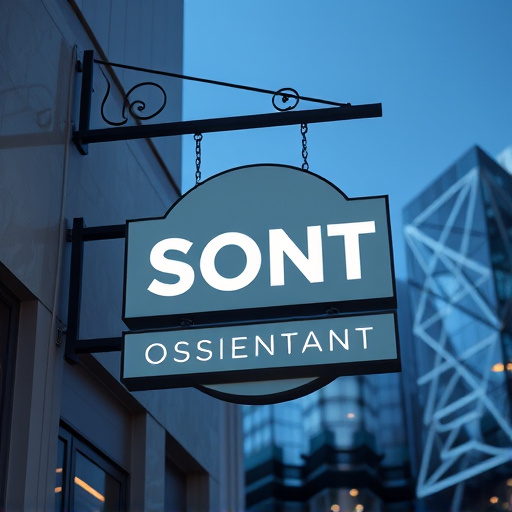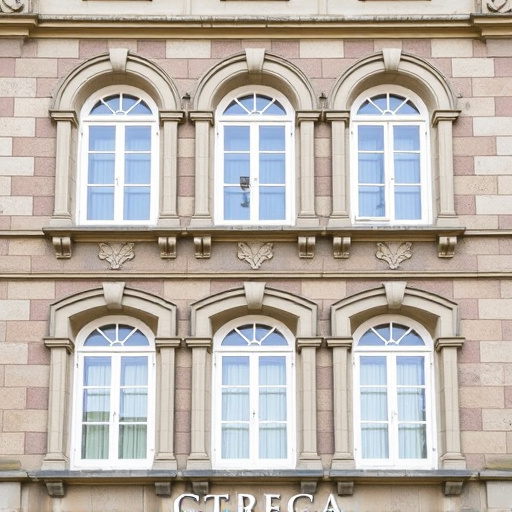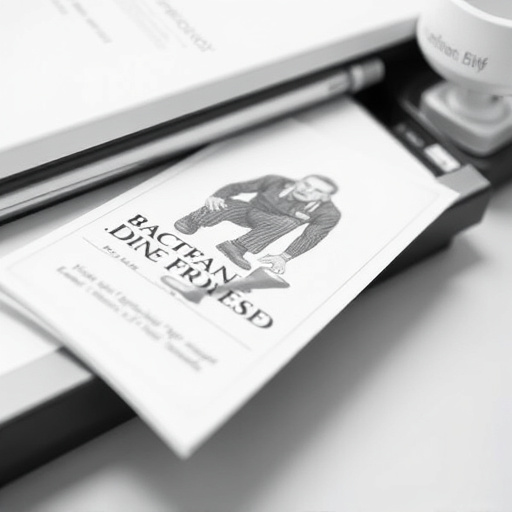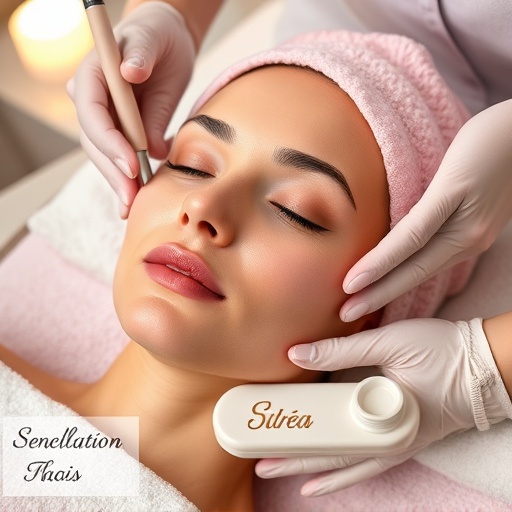Radiofrequency (RF) treatment, a non-invasive procedure using radio waves to stimulate tissue, enhances skin elasticity and reduces fine lines. It complements other skincare procedures and offers customizable solutions for various aesthetic concerns like acne scars and lax skin. With proper preparation and advanced techniques, RF treatment minimizes discomfort while achieving significant results in skin tightening, fat reduction, and laser hair removal, with temporary redness or swelling as possible side effects.
Radiofrequency (RF) treatment is a minimally invasive procedure gaining popularity for its ability to offer targeted pain relief with minimal discomfort. This article explores the fundamentals and advantages of RF therapy, focusing on techniques to ensure patient comfort during and after treatment. We’ll delve into real-world results, providing insights into managing post-treatment discomfort while highlighting the benefits of this innovative approach to pain management.
- Understanding Radiofrequency Treatment: Basics and Benefits
- Minimal Pain Techniques for RF Therapy Success
- Real-World Results: Navigating Post-Treatment Discomfort
Understanding Radiofrequency Treatment: Basics and Benefits

Radiofrequency treatment is a non-invasive procedure that utilizes radio waves to heat and stimulate specific tissues beneath the skin’s surface. This advanced technique has gained popularity in dermatology due to its ability to offer minimal pain and discomfort while delivering significant benefits for skin health. By targeting collagen-rich areas, radiofrequency can enhance skin elasticity, reduce fine lines, and improve overall skin texture.
One of the key advantages is its versatility; it can be tailored to address various concerns, from acne scars and wrinkles to tightening lax skin. The procedure involves applying a small device with a specific frequency to the targeted area, safely penetrating the upper layers of the dermis. This process promotes collagen production, which is essential for maintaining youthful-looking skin. Moreover, radiofrequency treatment can complement other skincare procedures like chemical peels, offering a comprehensive and personalized skincare solution for enhanced results.
Minimal Pain Techniques for RF Therapy Success
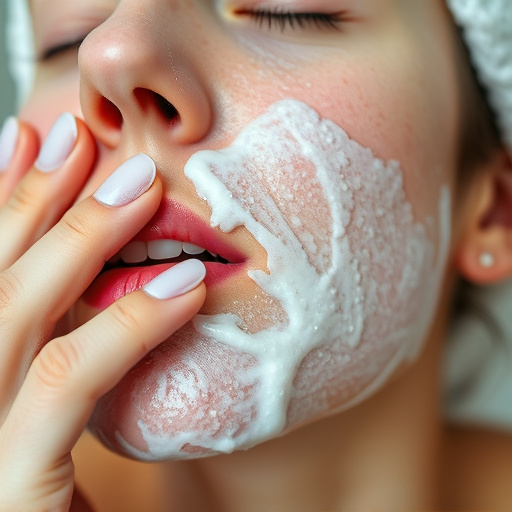
Radiofrequency treatment, when carried out with minimal pain techniques, can significantly enhance its success and patient comfort. The key to a successful RF therapy session lies in preparing the patient adequately and using specialized equipment designed for gentle application. Customized facials, for instance, can help prepare the skin by cleansing, exfoliating, and moisturizing it, reducing potential irritation from the radiofrequency waves.
In addition, experienced medical spa services professionals employ advanced techniques to minimize discomfort. This includes using cooling gels or other topical anesthetics to numb the treatment area, as well as precise control of the radiofrequency settings to avoid overstimulation. The result is a more comfortable experience for the patient while still achieving desired effects like wrinkle reduction.
Real-World Results: Navigating Post-Treatment Discomfort
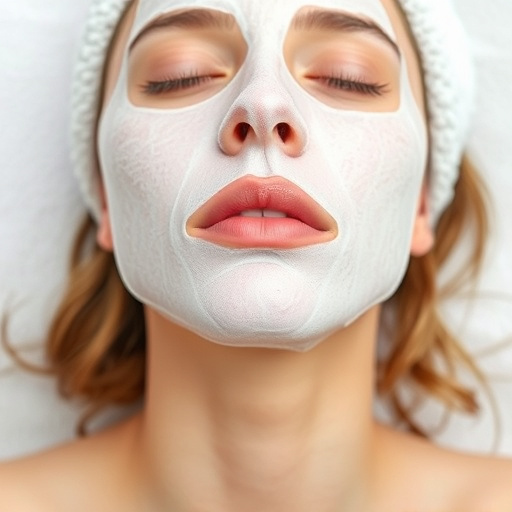
Radiofrequency treatment has established itself as a popular choice among those seeking various aesthetic treatments, from skin tightening to fat reduction and even laser hair removal. The real-world results are often impressive, with many patients experiencing significant improvements in their skin’s texture and overall appearance. However, navigating post-treatment discomfort is an essential aspect of the process. Unlike some invasive procedures, radiofrequency treatment typically causes minimal pain, but it’s not without any sensations of uneasiness. Patients may experience temporary redness, swelling, or a mild tingling feeling after the procedure, which usually subsides within a few days.
Managing these post-treatment symptoms is crucial to ensure patients feel comfortable and can continue their daily routines without major disruptions. Healthcare professionals often recommend specific care instructions, such as applying cold compresses, using gentle skincare products, and avoiding strenuous activities for a brief period. Following these guidelines ensures that the body can naturally heal while also helping to optimize the results of the radiofrequency treatment, whether it’s for acne treatments, skin rejuvenation, or other aesthetic applications.
Radiofrequency treatment, with its minimal pain and discomfort, offers a promising approach to various medical conditions. By understanding the basics, employing successful techniques, and navigating post-treatment care, individuals can experience significant benefits while minimising any adverse effects. Further research and professional guidance are essential to unlock the full potential of this innovative therapy.
